PRINCESS DIANA: A Queen of People’s Heart

Known as the most maverick princess of the Royal British household, Princess Diana who though not became the queen of the country but won immense love as the queen of people’s heart, was a woman of her own spirit, a devoted mother of the two future princes, an eloquent fashionista with a deeply controversial life and a selfless humanitarian activist who did not succumb to traditional Victorian morality and the socially constructed patriarchal role of a woman.
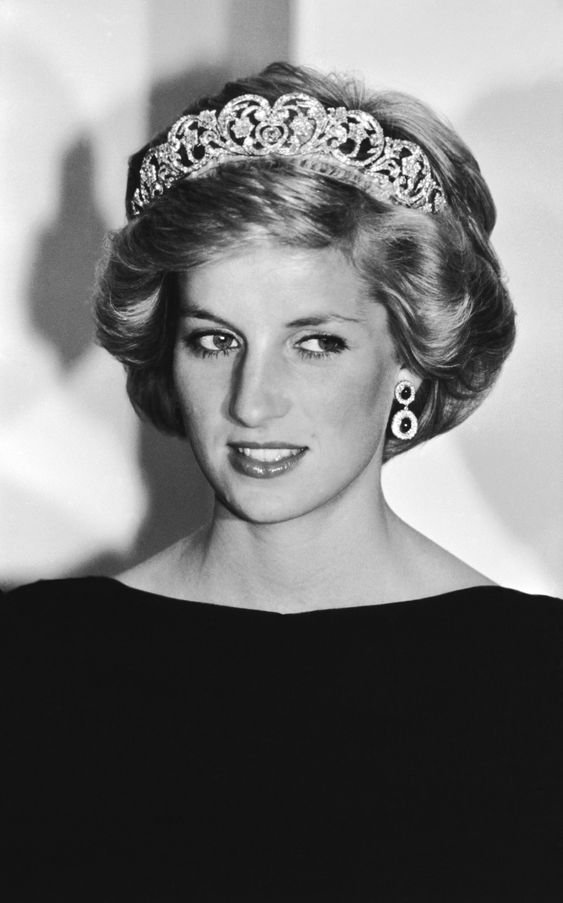
An epitome of ebullience, sharp intellect, beholding beauty and admiration, she dazzled with an undeniable radiance, consistently presenting herself with elegance and a lively sense of humour. Her life though tied through a nuptial knot with the royal family with all the bounty and pomp, was nothing short of a materialistic world, strict royal dictates, norms, dislike by the Queen and a heart wrenching betrayal by her first and only husband which made her seek solace from the outside world where she served, connected and took care of her people like a real queen is meant to.
All the luxury and comfort that the regality offers, did not suffice for the Princess for whom life had countless twists and turns waiting in the coffers to be unravelled from time to time. From never wanting to be a queen to suffering from an eating disorder, Diana’s personal life was tumultuous which made her amongst the most popular and the most beloved member of the royal family.
EARLY LIFE
Born on July 1, 1961, at Park House near Sandringham, Norfolk, as the youngest daughter of Viscount and Viscountess Althorp, later Earl Spencer and Mrs. Shand-Kydd, Diana Frances Spencer was fourth of the five children and had two sisters, Sarah (now Lady Sarah McCorquodale) and Jane, and a younger brother, Charles Spencer (now the Earl Spencer). Despite her privileged upbringing, Diana’s early life was marked by insecurity, largely stemming from her parents’ separation when she was just six years old, which led to a bitter custody battle. She attended boarding school at West Heath Public School in Kent, where she excelled in sports but struggled academically. After school, Diana worked in London as a nanny and later as an assistant at a kindergarten.
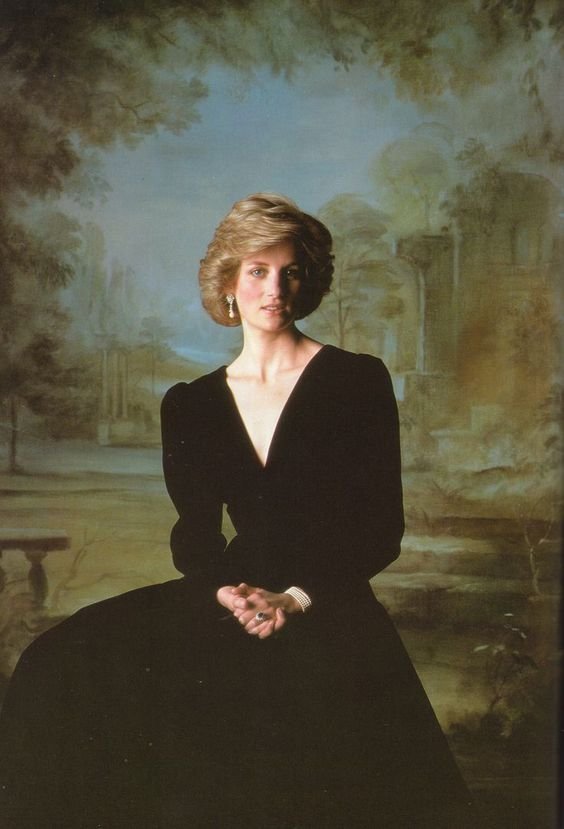
She also had a passion for ballet and dance swayed in her soul but she could not become a ballerina due to her tall height. Her relationship with the Prince of Wales who had dated Sara earlier, soon attracted media attention, and despite efforts to downplay the rumours, their engagement was officially announced on February 24, 1981 when she became the first royal bride to have a paid job. However, doubts about their compatibility arose early on, with concerns about their age difference and lack of common interests.
The wedding took place at St. Paul’s Cathedral on a flawless July day, captivating millions of television viewers worldwide, with 600,000 more lining the route from Buckingham Palace. At just 20 years old, Diana became the first Englishwoman in 300 years to marry an heir to the throne. Diana set a new precedent for royal brides by omitting the vow to “obey” her husband, a tradition from the 1662 Book of Common Prayer. Instead, she vowed to “love, comfort, honour, and keep him, in sickness and in health.” Kate Middleton and Meghan Markle later followed her example, leaving out “obey” from their wedding vows. Diana’s stunning ivory taffeta dress, designed by David and Elizabeth Emanuel, featured over 10,000 pearls and a 25-foot-long train. The Royal Family welcomed her warmly, a moment of particular pride for the Queen Mother, who had once been a commoner herself.
A Humanitarian Streak
After the wedding, the Princess of Wales quickly took on her royal duties, frequently visiting nurseries, schools, and hospitals. The public adored her for her genuine compassion and connection with ordinary people, even though she could no longer be one of them. Diana brought a fresh spontaneity to the Royal walkabouts, mesmerising crowds wherever she went. Her charity work, especially her efforts to raise awareness about AIDS, significantly boosted her popularity. By shaking hands with AIDS patients and lepers during visits abroad, she debunked and dispelled prejudices, earning widespread admiration. The Princess opened first HIV/Aids unit at London Middlesex Hospital that specifically treated patients infected with the virus.

Diana’s dresses raised millions for charity. As a royal patron of various medical charities, she used her status as a fashion icon to generate donations. Just months before her passing, Diana auctioned 79 of her most iconic dresses at Christie’s to support AIDS and cancer charities. Among the most famous was the “Travolta dress,” a velvet blue gown she wore while dancing with John Travolta at a White House gala.
Princess Diana was celebrated for her generous support of the English National Ballet, both as a private dancer and through fundraising. In 1985, she delighted an audience, including the royal family, with a surprise three-minute contemporary dance performance alongside her friend, former Royal Ballet Principal Wayne Sleep, at the Royal Opera House. Following her death, ballet dancer and choreographer Peter Schaufuss created a full-length ballet titled Diana—The Princess in her honour. These were some of the lesser-known aspects of Diana’s life that emerged after her passing.
Diana was known for writing thank you cards to anyone who gave her a gift, including thousands after Prince William’s birth. Some of her handwritten notes have since been auctioned for $2,000 to $20,000, depending on their content and rarity.
An Unconventional Mother
Breaking royal tradition, Diana was the first to give birth to a future monarch, Prince William, in a hospital, with both William and Harry born at the Lido Wing of St. Mary’s Hospital. Determined to raise her sons as “normally” as possible, Patrick Jephson, her chief of staff for six years, noted that she ensured they had everyday experiences like going to the cinema, queuing for McDonald’s, and visiting amusement parks, going to public school, on public transportation, and even to fast food restaurants so they could share these moments with their friends.
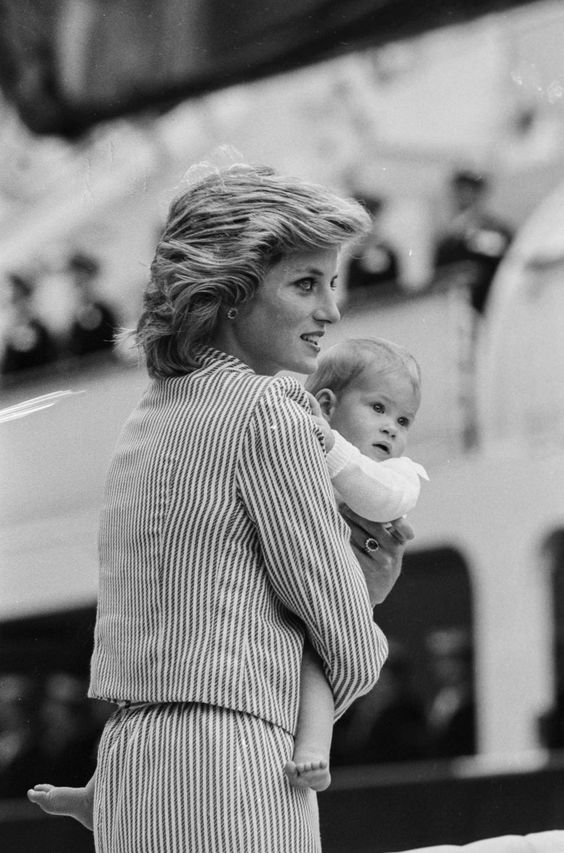
Diana left a 21 million euro estate to be equally divided between William and Harry. After her death, Harry later used a significant portion of his inheritance to start a new life with Meghan Markle in the United States after being financially cut off from the royal family. Reflecting on their departure, Harry mentioned in an interview with Oprah Winfrey that without his mother’s inheritance, they wouldn’t have been able to make the move, adding that it felt as though she had anticipated their need and supported them through the process.
A fragile withering marriage
The royal couples’ complexities in marriage became prominent by 1987, when Harry began nursery school and in December 1992, their separation was officially announced which fueled a media frenzy leading Lady Di to record her thoughts on tape to share her side of the story. Starting in May 1991, she had a friend deliver these tapes to British journalist Andrew Morton.
During a 1992 visit to India, Diana’s solitary pose outside the Taj Mahal symbolised their estrangement. In the tapes, Diana spoke of her unhappiness, betrayal, suicide attempts, bulimia, and Charles’s ongoing love for Camilla Parker-Bowles. Morton’s 1992 book, Diana: Her True Story—In Her Own Words, revealed these struggles and shifted the public’s perception of the princess. Later, Charles confirmed his affair with Camilla.
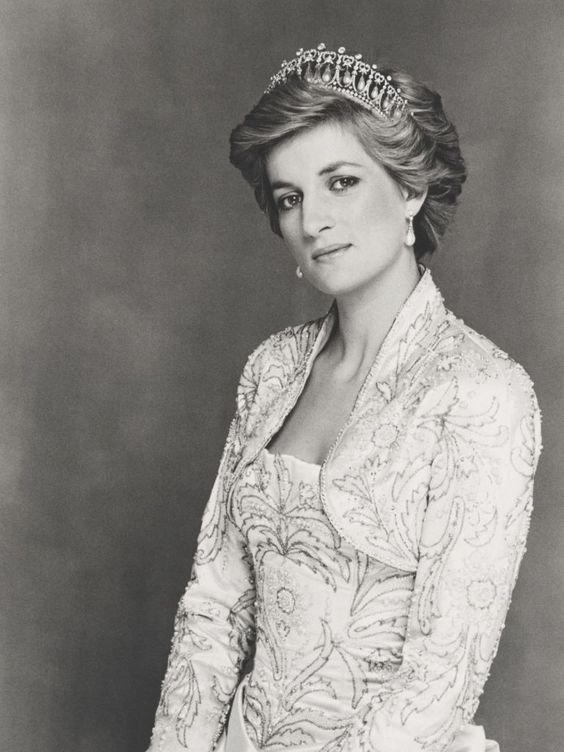
On November 20, 1995, Diana gave an unprecedented interview on BBC’s Panorama, discussing her postnatal depression, marriage breakdown, and strained relationship with the Royal Family. She astounded viewers by claiming that Charles did not wish to be king and expressed her desire to be a “Queen in people’s hearts.” Under relentless media pressure and stories about her relationships, Diana’s image as the wronged wife suffered. She reluctantly agreed to divorce under pressure from the Queen, finalising it on August 28, 1996—a day she called the most melancholic of her life. Afterward, she reduced her charity work, focusing on her role as the “Queen of Hearts,” and visited ailing Mother Teresa in June 1997.
A Fashion trendsetter
Diana’s favourite designer was Catherine Walker, with whom she shared a ‘quasi sisterly bond’. Walker crafted many of Diana’s iconic outfits, including a white halter dress that made Diana feel confident during her first post-divorce speech and she slipped back in high heels that she gave up wearing to not look taller than her husband. A fan of ABBA, Diana was honoured by Prince William and Kate Middleton, who played the band’s music at their wedding party. Known for coining the term “cleavage bags,” Diana used small clutches to guard her modesty when exiting cars. Diana graced the covers of major magazines, including PEOPLE, Time, and Vogue, numerous times.
A ROYAL REBEL and A Secretly Guarded Affair
Lady Di was infamous for breaking royal protocol, particularly donning modern fashion outfits. Diana often chose not to wear gloves, preferring to hold hands when meeting people, and she frequently wore black, including the iconic figure-hugging “revenge dress” in 1994, the same day Charles publicly admitted to his affair. Defying royal norms, she once raced barefoot with other parents on a “sports day,” another breach of tradition.
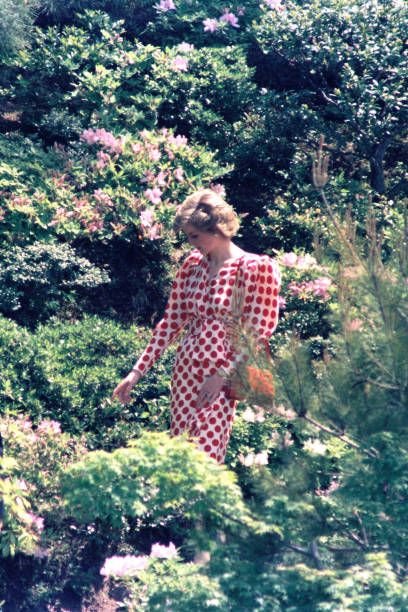
Diana had an affair with her bodyguard, Barry Mannakee, who was assigned to her in 1985. Their relationship was so close that Mannakee was reassigned after a year. In a taped therapy session, Diana admitted she was “deeply in love” and willing to give up her royal life to be with him, though she didn’t name him directly. Mannakee tragically died in a motorcycle crash in 1987, sparking theories that his death was not accidental. Paul Burrell, Diana’s former butler, reveals such intimate details about her life behind the scenes in his book, A Royal Duty.
The Final Day
On August 31, 1997, Princess Diana and her boyfriend, Dodi Al-Fayed dined at the Ritz Hotel in Paris but left early due to press intrusion. Later that night, they attempted to return to Al-Fayed’s apartment, pursued by paparazzi despite security measures. Their Mercedes, driven at high speed by Henri Paul, crashed into a pillar at the Pont d’Alma Bridge. Al-Fayed and Paul died instantly, while Diana succumbed to her injuries hours later in the hospital at age 36. Her bodyguard, Trevor Rees-Jones, survived. Princess Diana’s handwritten note to her butler, Paul Burrell, in October 1993 suggested she had eerie premonitions about her death, claiming her husband was plotting a car accident to clear the way for him to marry Camilla. Diana’s death sparked a global wave of grief, and her funeral, attended by millions, was held in London. On the night before Diana’s funeral, the Queen and Prince Philip viewed the sea of floral tributes outside Buckingham Palace. Over 1 million bouquets were placed at Kensington Palace, Buckingham Palace, and St. James’s Palace by mourners following Diana’s death. She was buried on a small island at her family’s estate in Althorp.
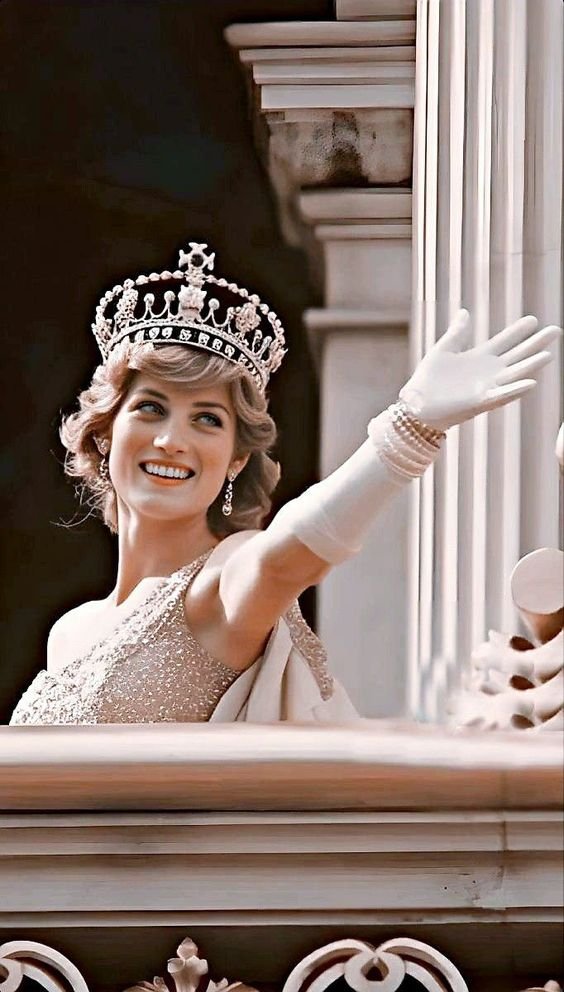
A LIVING QUEEN OF HEART’S
Although it has been more than two decades since the demise of Lady Di, she continues to be revered and remembered for her significant contributions to HIV/AIDS awareness and advocacy, notably as a patron of the National AIDS Trust, which honours her legacy through various initiatives. She is also credited with modernising the royal family’s approach to the public, leading to a more engaged monarchy. Her sons, William and Harry, have continued her charitable work, focusing on HIV/AIDS and wildlife conservation. To venerate their mother, they unveiled a statue of Diana on July 1, 2021, her 60th birthday, in the Sunken Garden at Kensington Palace, marking their first public reunion since Harry’s departure from the royal family. She serves as an inspiration for countless women and men to never give up living despite life’s thick and thin.


